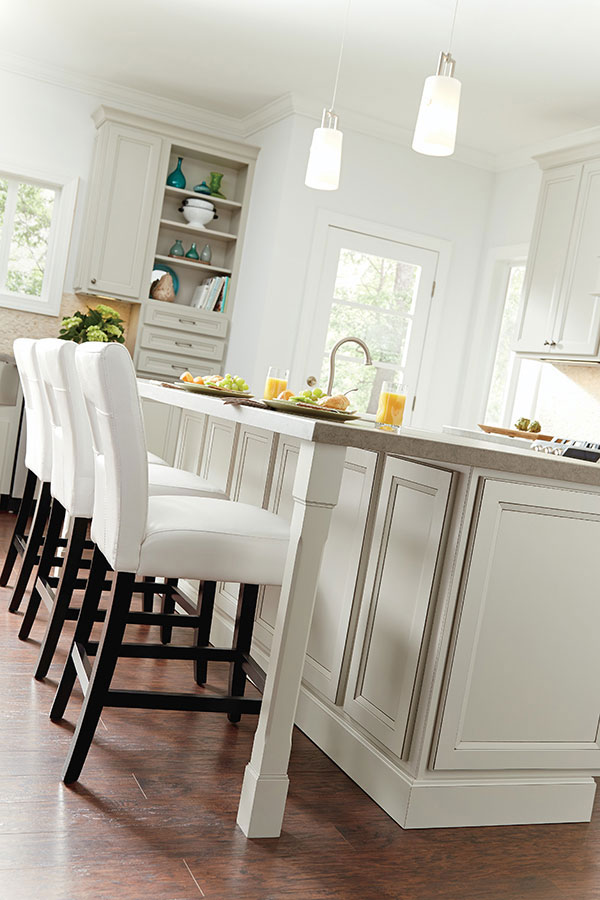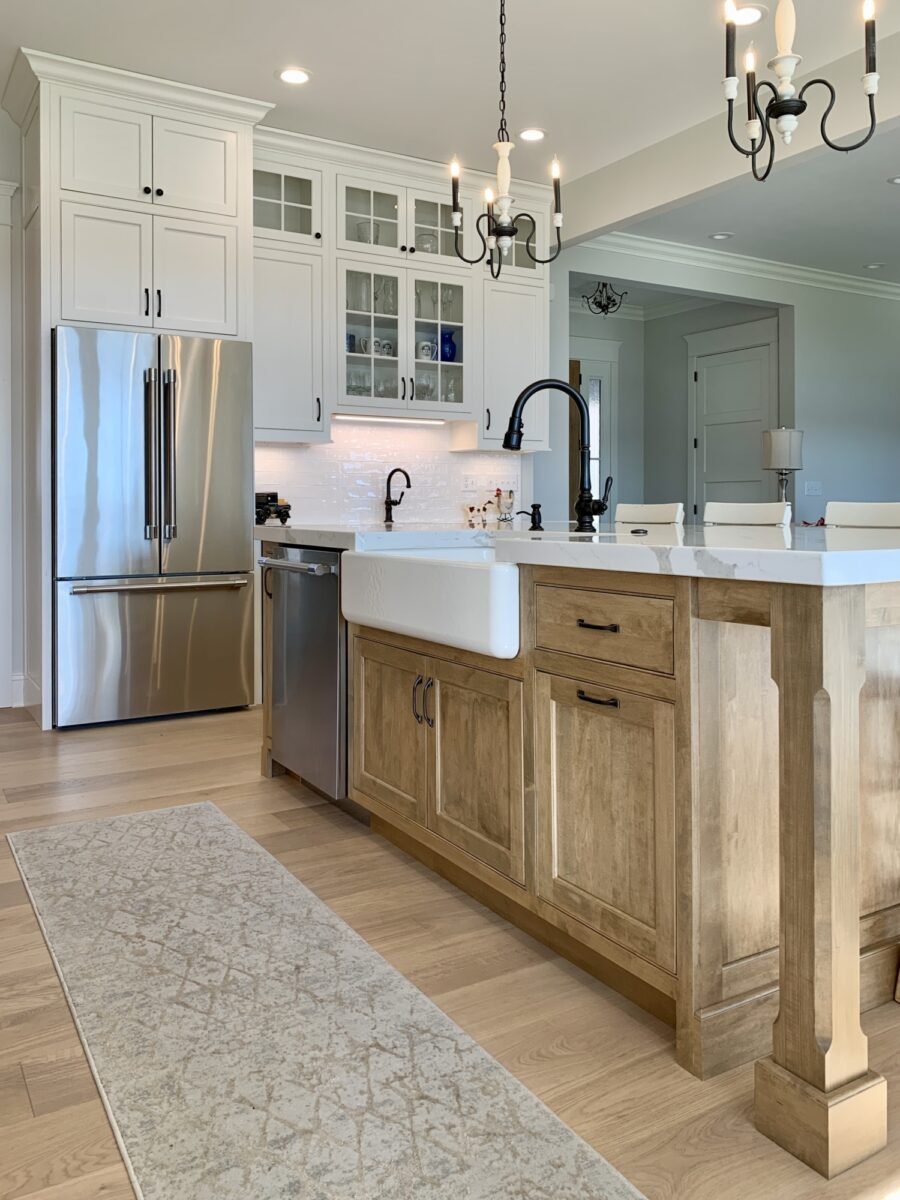Transform Your Kitchen's Appearance with One-of-a-kind Legs For Kitchen Island Accessories
Transform Your Kitchen's Appearance with One-of-a-kind Legs For Kitchen Island Accessories
Blog Article
An Overview to Choosing the Perfect Legs For Kitchen Island for Your Home
Choosing the ideal legs for your kitchen island is a nuanced decision that impacts both the capability and visual appeal of this central area. Aspects such as height, materials, and design play an important function in integrating your island with the general cooking area style. Additionally, understanding the value of security and upkeep can significantly influence your option. As you consider these components, it ends up being noticeable that the best legs can change not just the look of your kitchen however likewise its use for several years ahead. What particular features should you prioritize in this selection process?

Recognizing Kitchen Area Island Legs
When selecting legs for a kitchen area island, it's vital to understand their useful and aesthetic functions in the total style. The legs offer as a critical support system, making certain security and durability for the island, which typically functions as a work space, dining location, or gathering area. The selection of product and construction method need to be durable adequate to withstand daily use and prospective wear.
Along with their architectural responsibilities, legs contribute considerably to the island's aesthetic allure. They can boost the cooking area's design, whether through conventional, contemporary, or eclectic designs. The height and proportion of the legs are also crucial considerations; they need to integrate with the island's kitchen counter elevation while making sure comfy seating for those using the space.
Moreover, the leg design can affect the total circulation of the cooking area. Open, ventilated leg styles can produce a sense of lightness, while strong, significant legs may communicate an extra grounded and stable aesthetic - Legs For Kitchen Island. Comprehending these visual and practical aspects will guide homeowners in making educated selections that match their kitchen area's design and boost its use
Popular Styles and Materials
The option of legs for a cooking area island encompasses a variety of prominent designs and materials, each offering distinct characteristics that can improve both functionality and aesthetics. Conventional legs typically show elaborate details and craftsmanship, enhancing traditional kitchen area styles.

Height and Security Considerations

The legs of the cooking area island must provide ample support, making certain that the structure can hold up against daily usage without shifting or tottering. Product choice plays a significant function in security; steel legs, for instance, have a tendency to supply higher toughness compared to wood.
Matching Your Kitchen Area Visual
Choosing the ideal legs for your kitchen island exceeds performance; it additionally plays a significant function in the total aesthetic of the space. When picking legs, consider the design style of your kitchen area. For a modern appearance, sleek metal or minimalist layouts can develop a tidy, modern vibe. On the other hand, standard or rustic kitchens usually take advantage of wooden legs with elaborate outlining or a distressed surface, improving heat and personality.
Color is another crucial element. Legs that complement or contrast with your island's surface area and bordering kitchen cabinetry can develop aesthetic consistency or striking focal points. For example, combining dark timber legs with a light marble counter top can add depth and interest. In addition, take into consideration the surface of the legs; matte, glossy, or textured surfaces can dramatically impact the general feel of the kitchen.
Installment and Maintenance Tips
Installing cooking area island legs needs careful focus to detail to my company ensure both security and aesthetic allure. Begin by choosing an ideal place for your island, guaranteeing it is level and has ample room for movement. If you are connecting the legs to a wall or making use of brackets for included support, utilize a stud finder to locate wall studs. Mark the positioning of the legs precisely prior to boring.
When safeguarding the legs, use high-grade screws and, if required, timber adhesive for additional stamina. For steel legs, ensure that you are utilizing proper supports and devices to protect against damage to your floor covering. It is recommended to examine for levelness after installment, making adjustments as needed to prevent tottering.
Clean the legs with a suitable cleaner, avoiding unpleasant products that might scrape the surface. By complying with these installation and maintenance tips, you can ensure that your cooking area island legs continue to be both useful and aesthetically More Bonuses attractive.
Final Thought
To conclude, selecting the appropriate legs for a cooking area island requires cautious factor to consider of elevation, stability, and aesthetic compatibility. By picking appropriate materials and designs that line up with the general kitchen layout, functionality can be improved while maintaining aesthetic charm. Proper installment and continuous maintenance better add to the sturdiness and longevity of the cooking area island. Eventually, thoughtful leg option plays a critical function in elevating both the functionality and design of the cooking area space.
When picking legs for a kitchen area island, it's crucial to comprehend their aesthetic and functional roles in the general layout. Open, airy leg styles can produce a feeling my site of lightness, while solid, significant legs may communicate a much more based and stable aesthetic. The legs of the kitchen area island need to offer appropriate assistance, guaranteeing that the structure can hold up against daily use without changing or tottering.Installing kitchen area island legs needs mindful focus to detail to ensure both stability and aesthetic charm.In verdict, selecting the suitable legs for a cooking area island demands mindful consideration of height, stability, and aesthetic compatibility.
Report this page